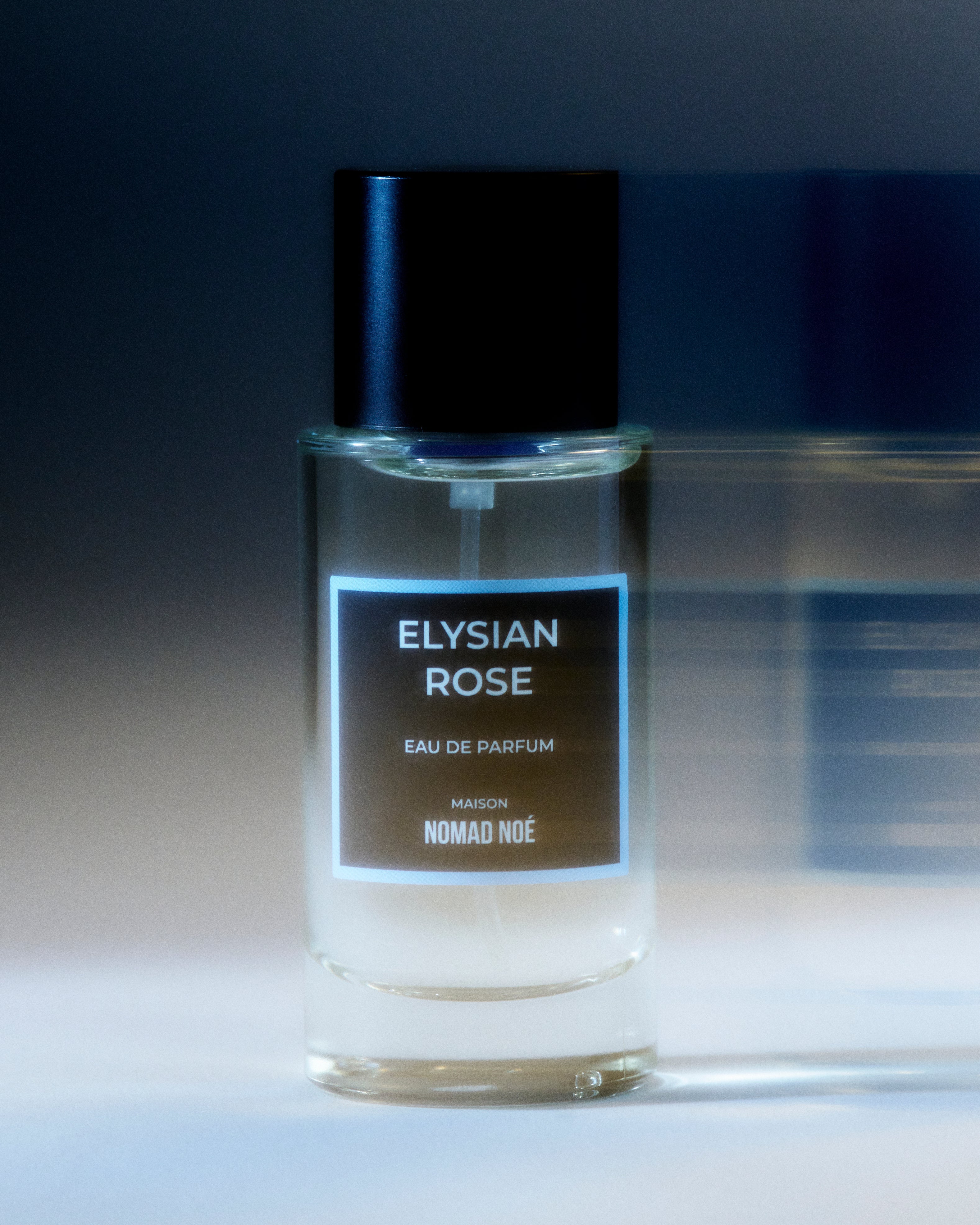The Enchanting Role of Rose in Perfumery
Roses have captivated the senses and imaginations of people around the world for centuries, not only for their visual beauty but also for their exquisite scent, which makes them a cornerstone in the realm of perfumery. Let's explore some fascinating aspects of the rose in perfume-making through five key questions.
1. What is the origin of using rose in perfumery?
The use of roses in perfumery dates back to ancient civilizations, including the Romans, Persians, and Indians, who recognized the fragrance's potential and incorporated it into their culture's rituals and daily life. The distillation technique, essential for extracting rose oil, is believed to have been refined in Persia around the 10th century. This technique spread across Europe, particularly in places like Bulgaria and Turkey, which are still famous for their rose oil.
2. What does rose smell like in perfumes?
Rose has a complex and deeply nuanced aroma in perfumes. It is primarily known for its rich, floral sweetness, often with hints of honey, spice, fruit, or even a subtle woody undertone depending on the variety of rose and the method of extraction. The Damask rose, for example, features a potent, sweet floral scent that's slightly spicy, while the Centifolia rose offers a more refined, lighter, and somewhat honeyed fragrance.
3. What functions does rose serve in perfume compositions?
In perfumery, rose can play multiple roles. Primarily, it acts as a middle or "heart" note in fragrances, providing a bridge between the top and base notes, thanks to its robust yet sophisticated scent profile. Rose adds depth, warmth, and richness to a fragrance and can harmonize with a multitude of other ingredients, enhancing and being enhanced by other floral notes, citruses, woods, and spices. It also has the ability to anchor lighter notes, preventing them from evaporating too quickly.
4. How is rose extracted for use in perfumes?
The extraction of rose essence for perfumery can be done in several ways, the most common being steam distillation and solvent extraction. Steam distillation produces "rose essential oil" or "rose otto," while solvent extraction leads to the creation of "rose absolute," a more concentrated form. The choice of extraction method affects the scent's characteristics and its application in perfumery. Additionally, enfleurage, although less common today due to its labor-intensive process, is sometimes used to capture the most delicate fragrances of the flower.
5. Are there any modern innovations in using rose in perfumery?
Modern perfumery continues to innovate with the use of roses by employing molecular distillation and synthetic molecules to capture or recreate specific aspects of the rose scent. This allows perfumers to emphasize certain notes such as the fresh, green top notes of the rose or its deep, velvety base notes. Furthermore, sustainability in sourcing and extraction methods has become a significant focus, leading to the development of eco-friendly practices that ensure the longevity and ethical procurement of rose essences.
Roses in perfumery embody a perfect blend of tradition and innovation, making them an eternal favorite in the fragrance industry. Their timeless scent continues to inspire and evoke emotions, making every bottle of rose-infused perfume a small treasure of olfactory art.


